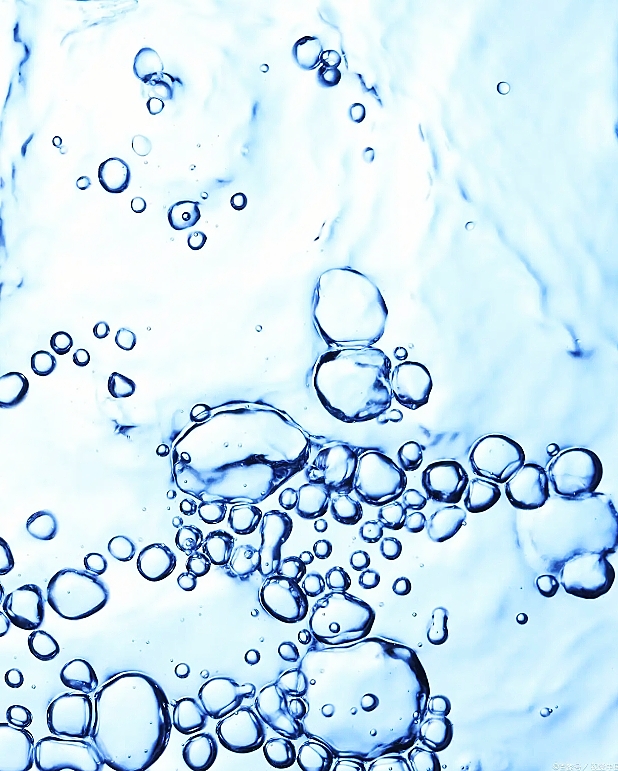What Are You Looking For?
Effective Application of Industrial Defoamers
Jul 30, 2025In industrial production, foam can cause cleaning equipment pumps to shut down, turn sewage treatment tanks into bubble baths, and even cause jam jars on food production lines to overflow.
High-efficiency industrial defoamers are the perfect superhero to deal with these troublesome situations.

The Foam Buster in Industrial Cleaning
Imagine a giant metal part in a factory soaking in a foamy cleaning tank, making it difficult for workers to even see the edges. Add a few drops of polysiloxane defoamer, and the foam instantly shrinks like a balloon punctured by a needle. This defoamer works even on cleaning lines at 150°C and is 20 times more effective than traditional soapy water. One automobile manufacturer reported that their engine blocks, which previously required three changes of cleaning fluid, can now be cleaned with just one tank of water. The savings in utility bills are enough to cover the entire factory's high-temperature subsidy for six months.
The Invisible Security Guard of a Sewage Treatment Plant
There's nothing romantic about bubbling in a sewage tank. Last year, a chemical plant caused a scandal—the foam from its aeration tanks soared higher than an office building that a passing drone nearly got stuck in its propeller. Later, they added a defoamer containing a special organic fluorine. These foams, 100 times more stubborn than laundry detergent, collapsed within 30 seconds. The principle is fascinating: the defoamer molecules act like tiny magnets, sucking away all the surfactants from the foam film. The foam collapses like a tent stripped of its frame. Many wastewater treatment plants have learned their lesson and are now adding defoamers to the water intake in advance. These non-silicone products use only one-tenth the dosage of the old formula, but their long-lasting effect is like coating the water surface with an anti-foaming film.
Safety Stewards on the Food Line
Food plants fear two things most: foam affecting filling accuracy and chemical residues causing foodborne illness. Bio-fermentation-based defoamers are particularly effective—they use natural proteins metabolized by yeast to break up the foam. Adding them to the defoamer removes the foam layer produced during soy sauce making like an invisible vacuum cleaner, leaving no odor. A yogurt factory conducted a comparative test and found that when using a traditional defoamer, 3% of the fruit yogurt overflowed after each batch. After switching to a food-grade defoamer, strawberry pieces on the production line were no longer pushed out of the jars by the foam. The raw materials saved each year are enough to make 150,000 cups of new product samples.
Why is choosing the right defoamer like choosing an air conditioner?
Choosing a defoamer is like buying an air conditioner—more expensive isn't always better; it depends on the application. For example, paper mills use defoaming resins because they can withstand the chemical attack of bleaching agents in paper pulp; spray coating plants prefer stabilized film-forming agents, which form a protective film on metal surfaces, suppressing bubbles before they even begin to emerge. Composite defoamers, which have become popular in the past three years, can switch between operating modes in extreme pH environments ranging from 2 to 12, eliminating the need for beverage factories to switch between different defoamers when adjusting pH.
The next time you see calm water or a smooth production line in a factory, remember that defoamers are silently working behind the scenes. These invisible bubble agents are using nano-level combat to protect every second of industrial production efficiency.